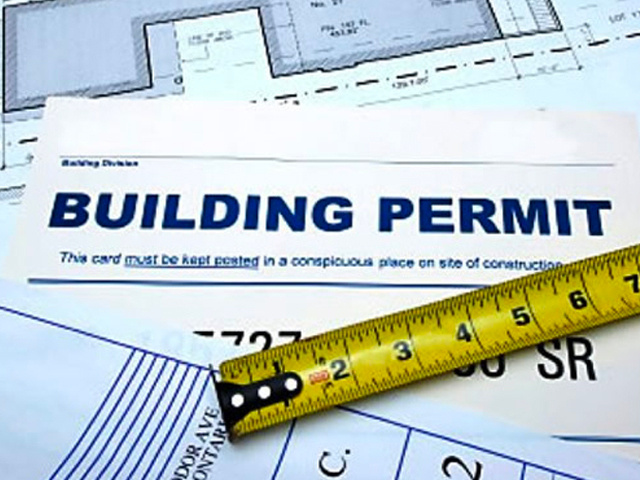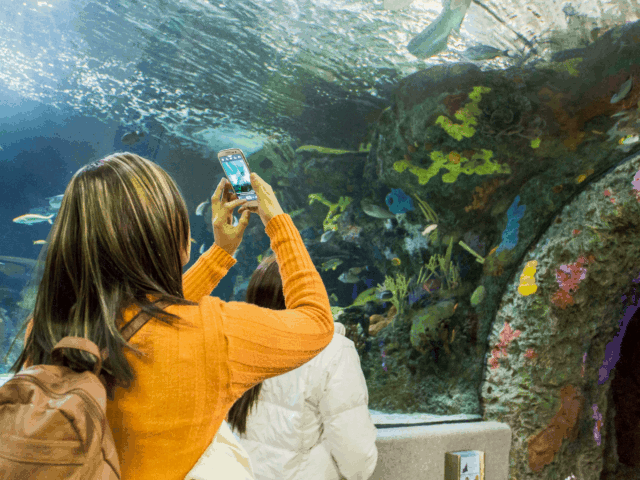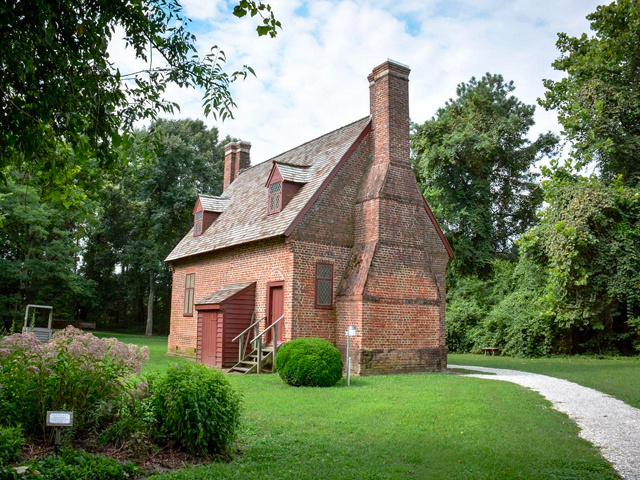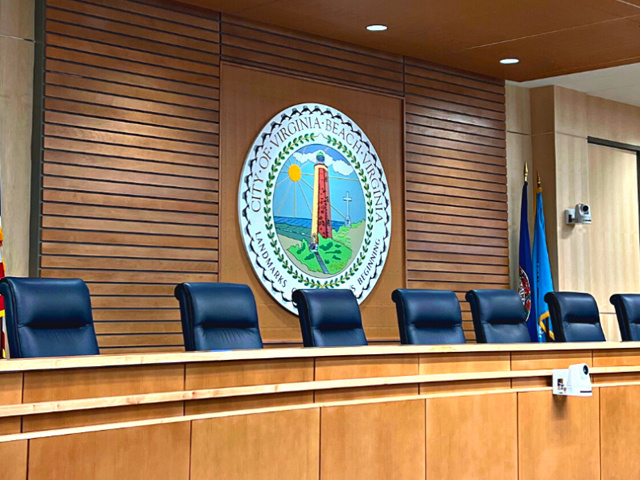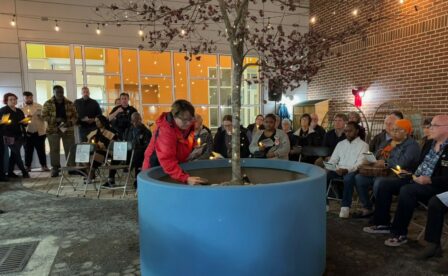Be In The Know
Where We Draw the Line: Rural Preservation, the Green Line and the Blue Line
How Virginia Beach has historically maintained balanced growth

When Virginia Beach was founded in the 1960s, it was a community of sprawling pastures and wooded areas. Town Center was a forest, the Princess Anne Commons and Landstown areas were farmland, and the city boasted miles and miles of prime, buildable property. But a lot has changed since then.
Virginia Beach is now the most populous city in the Commonwealth. Today, land in the northern half of the city is scarce, and buildable lots sell at a premium. This has contributed to a rise in rents and home prices in recent years. As a result, ensuring affordable housing is available for residents has become a top priority for City Council. The current challenge facing leaders is how to balance a desire to increase the inventory of affordable homes and support continued economic growth while simultaneously limiting urban sprawl and protecting agricultural lands in the southern part of the city.

What are the Green Line, the Blue Line, the Transition Area/Interfacility Traffic Area and where are they located?
To this point, the answer – the one that is laid out in the draft 2040 Comprehensive Plan – has been Green Line policies. City leaders recognized years ago that Virginia Beach would one day face a scarcity of buildable land, and in 1979, they instituted land-use policies, now broadly referred to as the Green Line, to “minimize the conflicts which arise from the location of incompatible uses in close proximity to one another.”
The Green Line
The Green Line is an urban development boundary that runs primarily along Princess Anne Road. Its policies act as an urban growth management tool that focuses resources for capital improvements in the northern part of the city, while protecting open space and the agricultural economy in the southern half of the city. Development has always been allowed south of the Green Line, but anything proposed must comply with the specific zoning and design guidelines that are in place for the area. Any non-conforming use would require approval by both the Planning Commission and City Council.
The Blue Line
Similarly, the Blue Line is located south of the Green Line and runs along Indian River Road. The Blue Line is primarily a public utilities boundary signifying where City services end. Developments north of the Blue Line have public water and sewer, and developments south of the Blue Line rely on well water and septic systems.
The Transition Area & Interfacility Traffic Area (ITA)
The Transition Area is the land located between the Green Line and Blue Line. Neighborhoods and facilities located within the Transition Area include:
- The Amphitheater
- Courthouse Estates
- The Hampton Roads Soccer Complex
- Landstown Commons and Princess Anne Commons
- The Municipal Center
- Sentara Princess Anne Hospital Complex
- Sherwood Lakes
- The Sportsplex and Fieldhouse
Density in the Transition Area is strategically lower than areas north of the Green Line, but not as low as the rural land south of the Blue Line. It acts as a middle-ground, gradual transition from the high-density urbanized neighborhoods into the sparsely populated agricultural area.
The Interfacility Traffic Area is an overlay district within Princess Anne Commons that calls for low-density development. It is located between Naval Air Station Ocean (NAS Oceana) and Naval Auxiliary Landing Field Fentress (NALF Fentress) in Chesapeake and therefore is subject to frequent flyovers by Navy jets. The City owns a large portion of land in the ITA, and in 2017, engaged a consultant to update the master plan for the ITA.

What’s been the reasoning behind the Green Line? Why are these enduring policies in place?
Numerous factors go into long-term planning, but several key drivers are behind the long-standing commitment to these policies.
Expense
A primary reason for maintaining rural land south of the Blue Line is expense. Extending water and sewer infrastructure, widening roads, adding sidewalks, traffic signals and fire hydrants, building schools, maintaining all of these and then stepping up emergency services for a growing population would be prohibitively expensive. The development that could be safely built would not generate sufficient tax revenue to support the added infrastructure costs.
Economy
About 26,000 acres in Virginia Beach are active farmland. With nearly $185 million in economic impact, agriculture is the number one private industry in the state and the third largest industry in Virginia Beach, behind tourism and the military.
Environment and Flooding
Mother Nature is always a factor for coastal communities like Virginia Beach. The flooding risks posed by rising sea levels, increasingly intense storms and changing rainfall patterns have made resiliency a top priority. Responsible planning and thoughtful growth management policies recognize that urban development can impact flooding, and open space preservation is one of many tactics that can help mitigate flood risk. Therefore, any proposed development south of the Green Line is carefully analyzed to determine potential impacts.
Draft 2040 Comprehensive Plan
Since July 2023, the Comprehensive Planning team has been engaging residents and other stakeholders to gather feedback on long-term planning for the City. Community input has consistently indicated a desire to maintain the Green Line, which is why the draft 2040 Comp Plan prioritizes keeping it in the same location.
The draft plan recommends retaining Green Line policies by prioritizing balanced growth, focusing on infill and redevelopment and limiting urban sprawl. It proposes new development and redevelopment be concentrated in the Strategic Growth Areas, along major corridors and in already establish centers. It calls for preserving rural and agricultural land and enhancing natural areas.
Provide your input
Residents and stakeholders are encouraged to attend one of two public meetings, where Comp Plan staff and our consultant will share the draft plan and answer questions:
- Wednesday, Sept. 17, 6-8 p.m., Virginia Beach Convention Center, Suite 2, 1000 19th St.
- Thursday, Sept. 18, 6-8 p.m., Municipal Center, Building 19, 2416 Courthouse Drive
Residents unable to attend an in-person public meeting can send comments to the Comprehensive Planning Team through Oct. 30 at CompPlan@VBgov.com. For questions about the Comp Plan, call 757-385-4319.
Keep Reading
See All Posts-
Calendar News Blog Hot Topics Multimedia Social Media Mobile Apps




